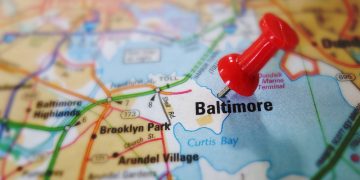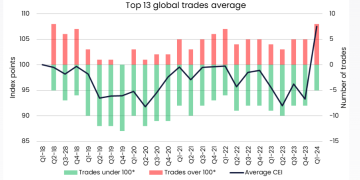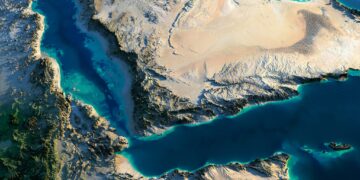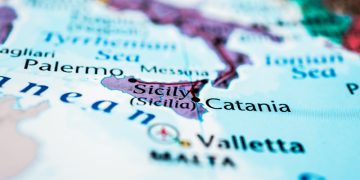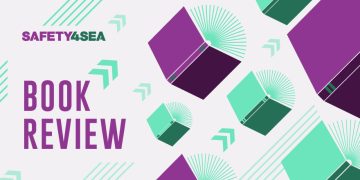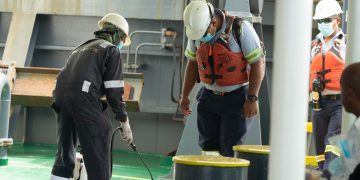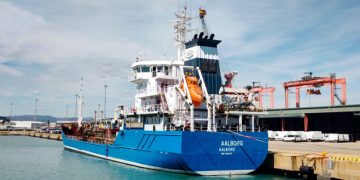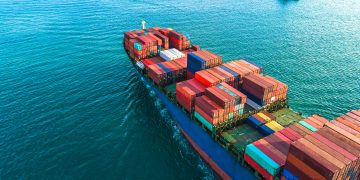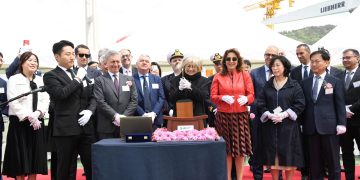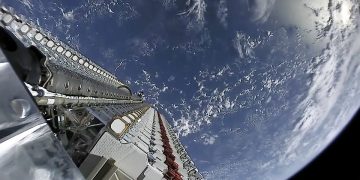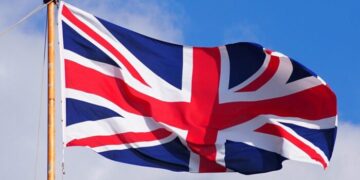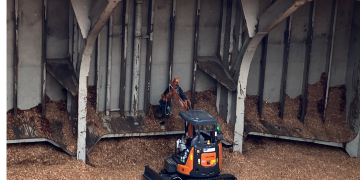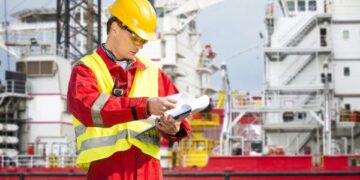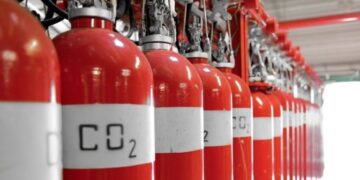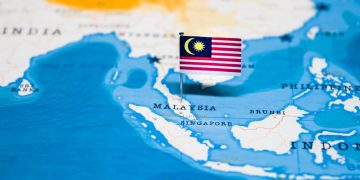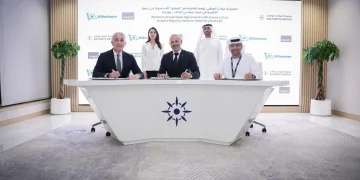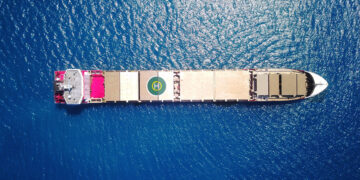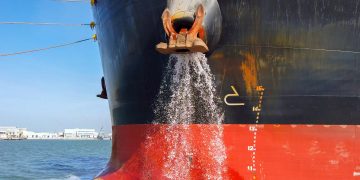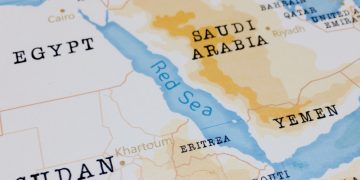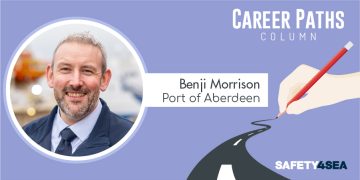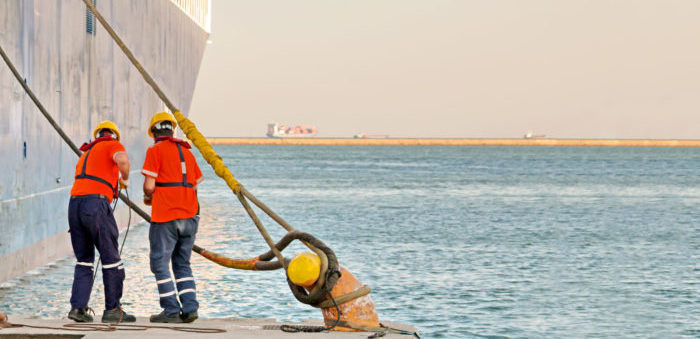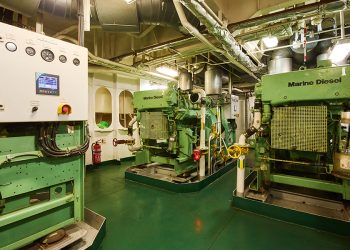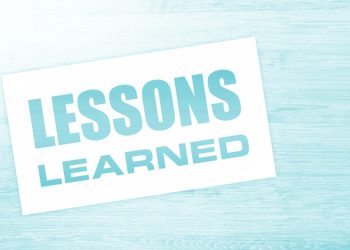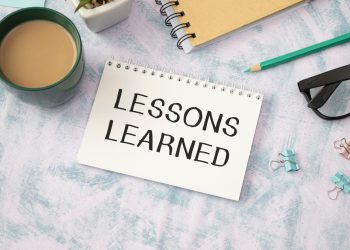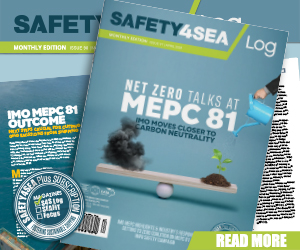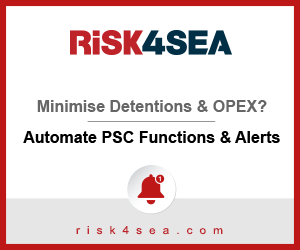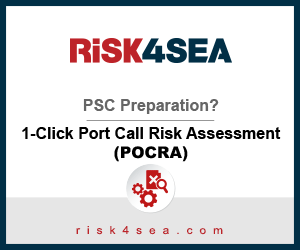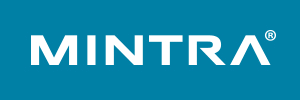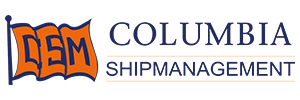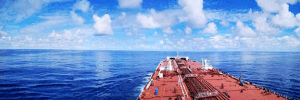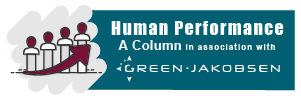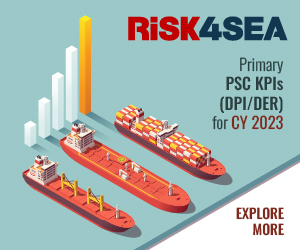Vessels use mooring lines in order to be secured next to dock, pier or terminal. The lines may be ropes, wires, or combination (ropes with tails or wire with tails). The minimum size and number of required lines for a vessel are determined by the Classification society during construction and follow the existing guidance by IMO (MSC/Circ.1175 –currently under review) IACS Recommendation 10 etc., in order to comply with SOLAS II requirements for safe mooring.
OCIMF MEG4 released
Additionally for Tankers, OCIMF has provided Mooring Equipment Guidelines, summarizing the concerns and requirements of major oil companies on safe mooring. In summer 2018, OCIMF revised the guidance for Mooring Equipment with the 4th issue of Mooring Equipment Guidelines. New definitions have been issued as Ship Design Minimum Breaking Load, LDBF (Line Design breaking Force) etc. A lot of information has also been provided on how to select lines and how to document their operational life onboard (Line management Plan, Mooring Equipment Register etc).
OCIMF MEG 4 Review
Reviewing the guidance, there are two issues that may require more clarification for the operators as follows:
Mooring line issue #1
The first issue refers to the maximum breaking load that a line should have in order to be purchased. The guidance mentions the minimum as follows: ‘Based on Ship Design MBL, the lines should have a minimum design breaking force (LDBF) 100-105%.’However, what if an organization wants to purchase lines with more than that breaking level, (assuming that the guidance D/d for equipment is satisfied)?
[smlsubform prepend=”GET THE SAFETY4SEA IN YOUR INBOX!” showname=false emailtxt=”” emailholder=”Enter your email address” showsubmit=true submittxt=”Submit” jsthanks=false thankyou=”Thank you for subscribing to our mailing list”]
After all, even Ship Design MBL includes the definition minimum. For example, if the Ship Design MBL calculated to be 60 tons which provides an LDBF (105%) – 63 tons, is it wrong for a Company to purchase lines with MBL (70 tons), provided that the mooring equipment (winches, chocks etc.) can support this force and size?
And if this is not wrong, what is the maximum breaking force for a line, in order to be in compliance with the guidance (and existing regulations)? This is a question that probably only vetting officers or OCIMF itself may answer.
Mooring line issue #2
The second issue refers to the retirement of a line (or supportive equipment as tails). In MEG4 guidance (but also already considered to be industry’s standards), reference is made to CI 2001 Fibre Rope Inspection and retirement criteria and ISO 4309. Both of these guides include objective evidence criteria based on inspection and visible condition. These are very easy to be observed by the line user.
MEG 4 guidance for all mooring loose equipment has set a level (again related to Ship Design MBL), called the residual strength. There is a level set to 75% of Ship Design MBL for all equipment. The problem is that the procedure of measurement of the residual strength of a line is a destructive procedure. This means that the subject of measurement will be destroyed. Does sampling measurement therefore ensure that the result will cover all similar equipment?
For example, a vessel has on board 5 same sized lines from one manufacturer, manufactured & purchased the same day, installed on drums the same day and have the same hours under tension. If the user selects one of the 5 lines for residual strength measurement, how sure he may be that the remaining 4 lines will have the same % level of ship design MBL remaining?
What should an operator do in order to be sure that the lines used onboard will have the adequate service life and when to make the residual strength test?
Best Practices
The MEG-4 involves the manufacturers in the whole procedures. Best practices for effective implementation for both operators and manufacturers could be the following:
- Operators could request from the manufacturer to provide estimated live service time for each purchased equipment (line, tail or link), measured either in period (e.g. 2 years) or hours under tension (e.g. 1000 hours). It is highly recommended to use the hours under tension in order to monitor the service of mooring equipment and mark it in the developed Line Management plan.
- Following the guidance of MEG-4, Appendix B, Examples B12.1 & B12.2, operators should use the sample acquisitions to request lines & tails. In the specific paragraph under title “Supporting Information”, he should request the manufacturer’s estimated service life period for the requested line or tail.
- Manufacturers, based on experience and documented measurements to similar lines or tails, should include in supportive documentation the service life expectations. This will help the operator to decide when to conduct the residual strength test in order to determine if the specific equipment should be retired or not.
- Operators should monitor the service of each line /tail /link and retire them before the service life will overdue (as per manufacturers’ guidance). If there is any suspicion that equipment has been over stretched or used wrongly, operators should proceed to the residual strength test immediately. The line or tail presenting the worst wear condition and another one with a moderate wear condition act as an ideal sample for this test. The results may be used by operator in order to keep using this equipment (as per its service life expectancy) or to retire the equipment (if residual strength measured is less than 75% of Ship Design MBL).
Key considerations
Considering that purchasing and retirement of mooring equipment is an expensive procedure, operators should be provided with clear instructions and requirements by regulators. OCIMF guidance for tanker Operators has been avalaible, but what is happening with the rest of the fleet (bulk carriers, containers etc.)? Additionally, what about terminal or ports’ facilities? With vessels’ size increasing, facilities’ mooring equipment may not be able to accommodate them.
In this regard, regulatory bodies (mainly IMO and IACS) should reach to a common based decision for such equipment, providing clear guidance for the construction, size, number and breaking force of mooring equipment and the maximum service life of reach part (under normal environmental conditions).




